The '''Holevo bound''' puts an upper limit on how much [[information]] can be contained in a quantum system, using a particular [[ensemble]]. Essentially it says that one [[qubit]] can contain at most one [[bit]] of information.
For example, consider a classical message, labelled by the index , to be encoded in a quantum state represented by density matrix . Let us further assume that a serise of such classical messages is transmitted through a channel with each output state the same as the input state . Then, if each message occurs with probability , the receiver of the message will get the quantum state
The [[Holevo quantity]] is subsequently defined as
where is the [[von Neumann entropy]]. By [[convexity]] of the von Neumann entropy, the Holevo quantity is always positive. Moreover, Holevo showed that gives the upper bound on the [[classical capacity]] of the channel Holevo1973.
Holevo Holevo1998 and, independently, Schumacher and Westmorland SchumacherWestmorland1997 were able to show that the rate is asymptotically achievable and, therefore, gives the classical capacity of the quantum channel. This result is known as the [[HSW theorem]]. Consequently, although a quantum state of [[ qubits ]] can be thought to represent a large amount of information, in the sense that the state is specified by complex numbers, in fact, such a state can communicate at most bits of decodable information.
{{stub}}
[[Category:Quantum Information Theory]]
[[Category:Handbook of Quantum Information]]
